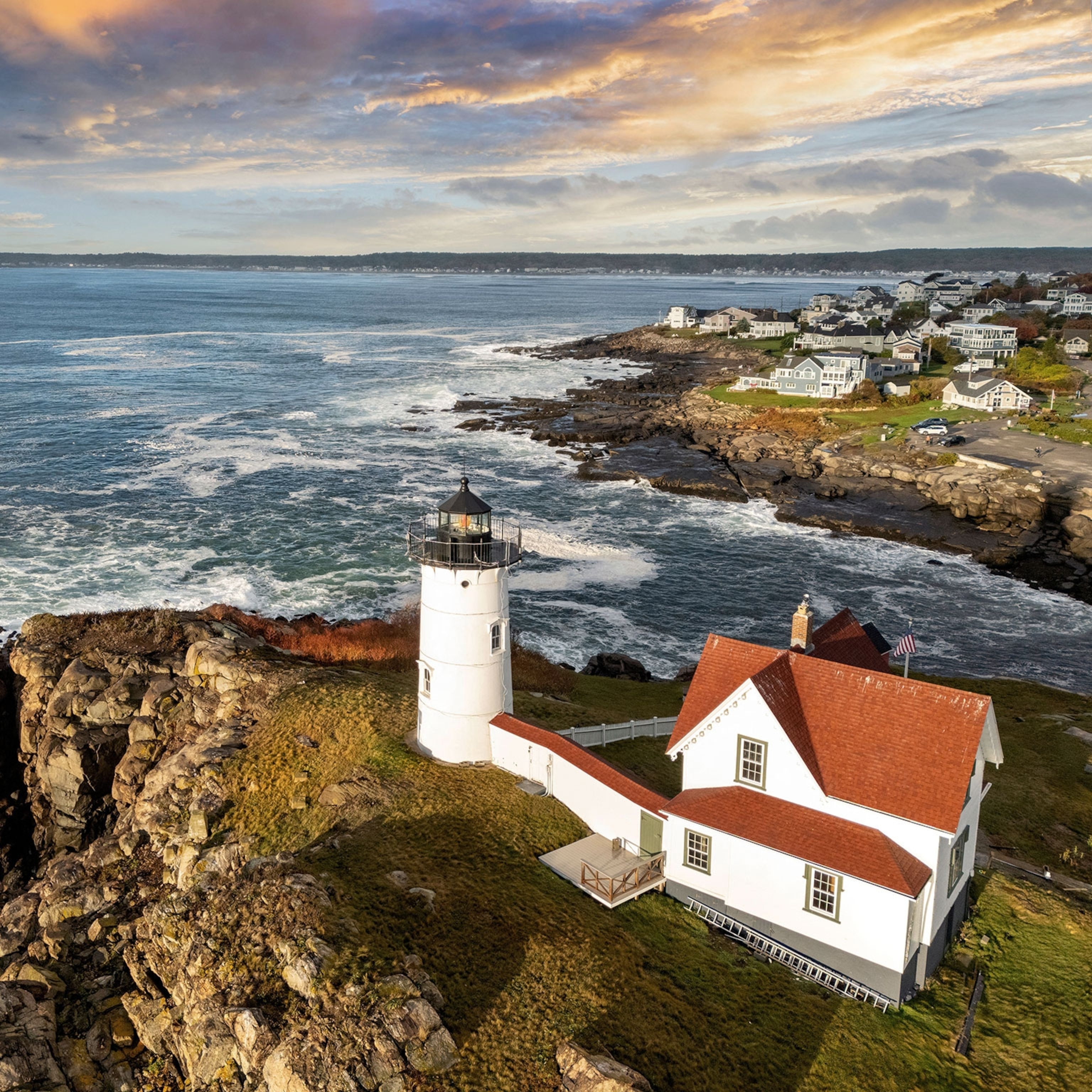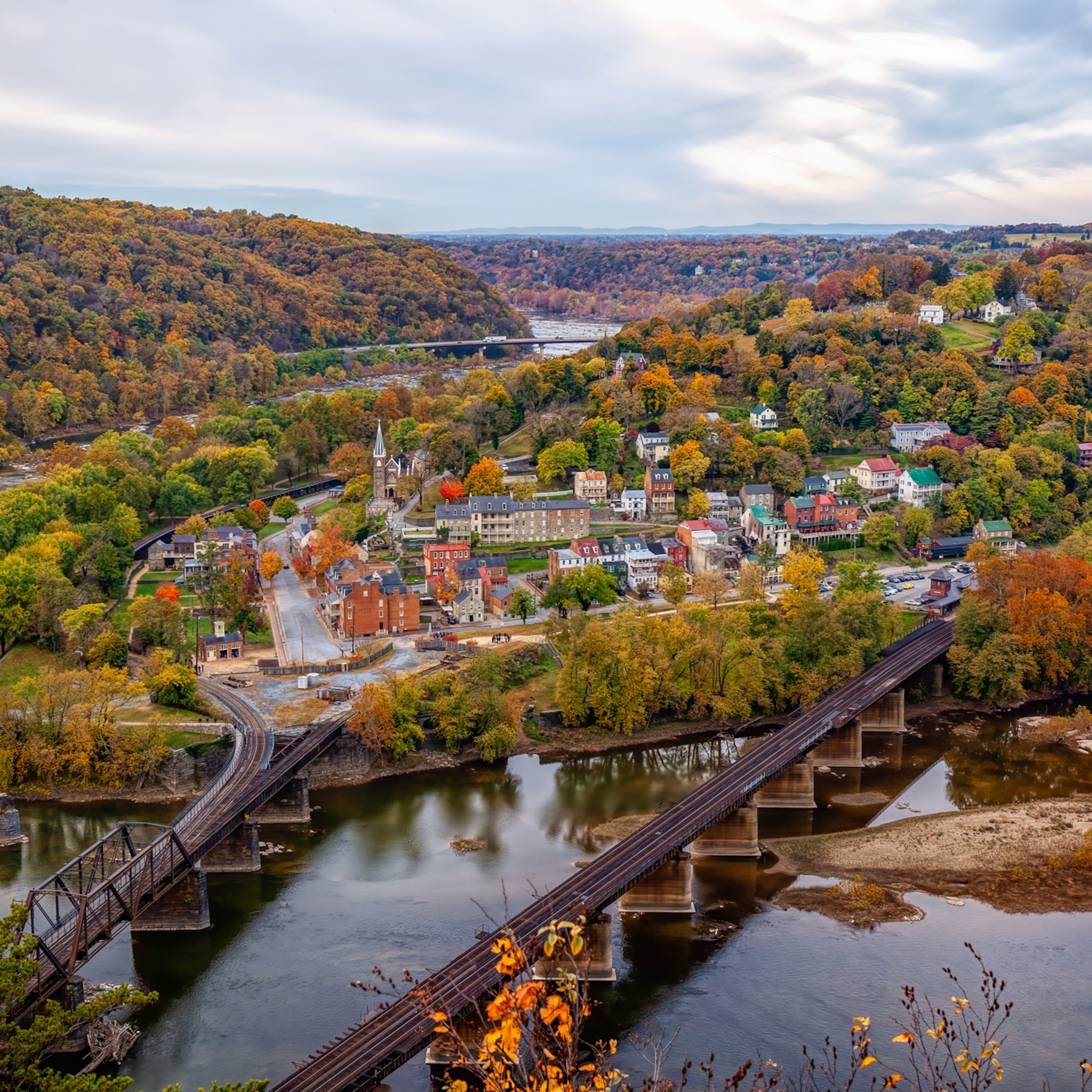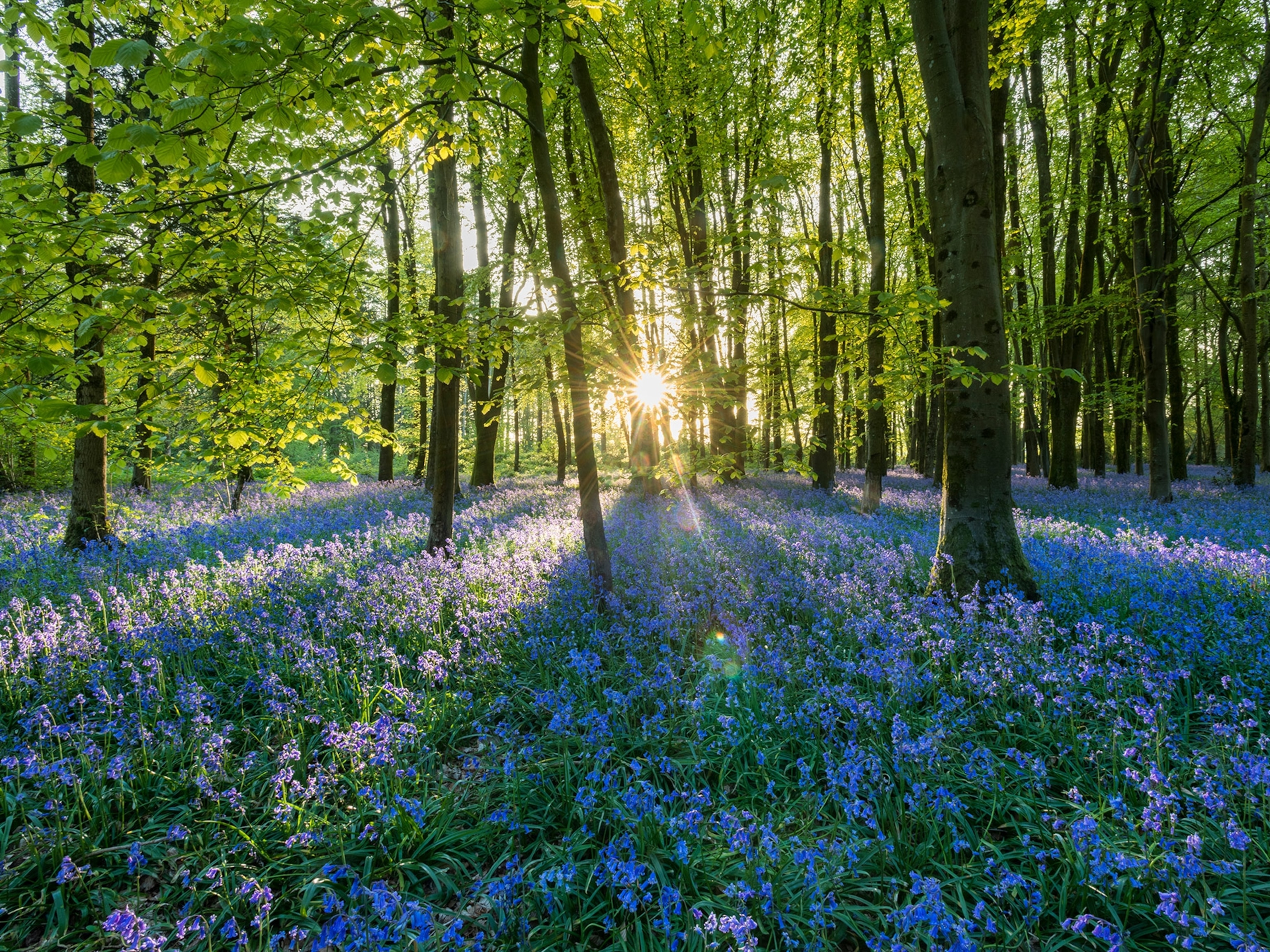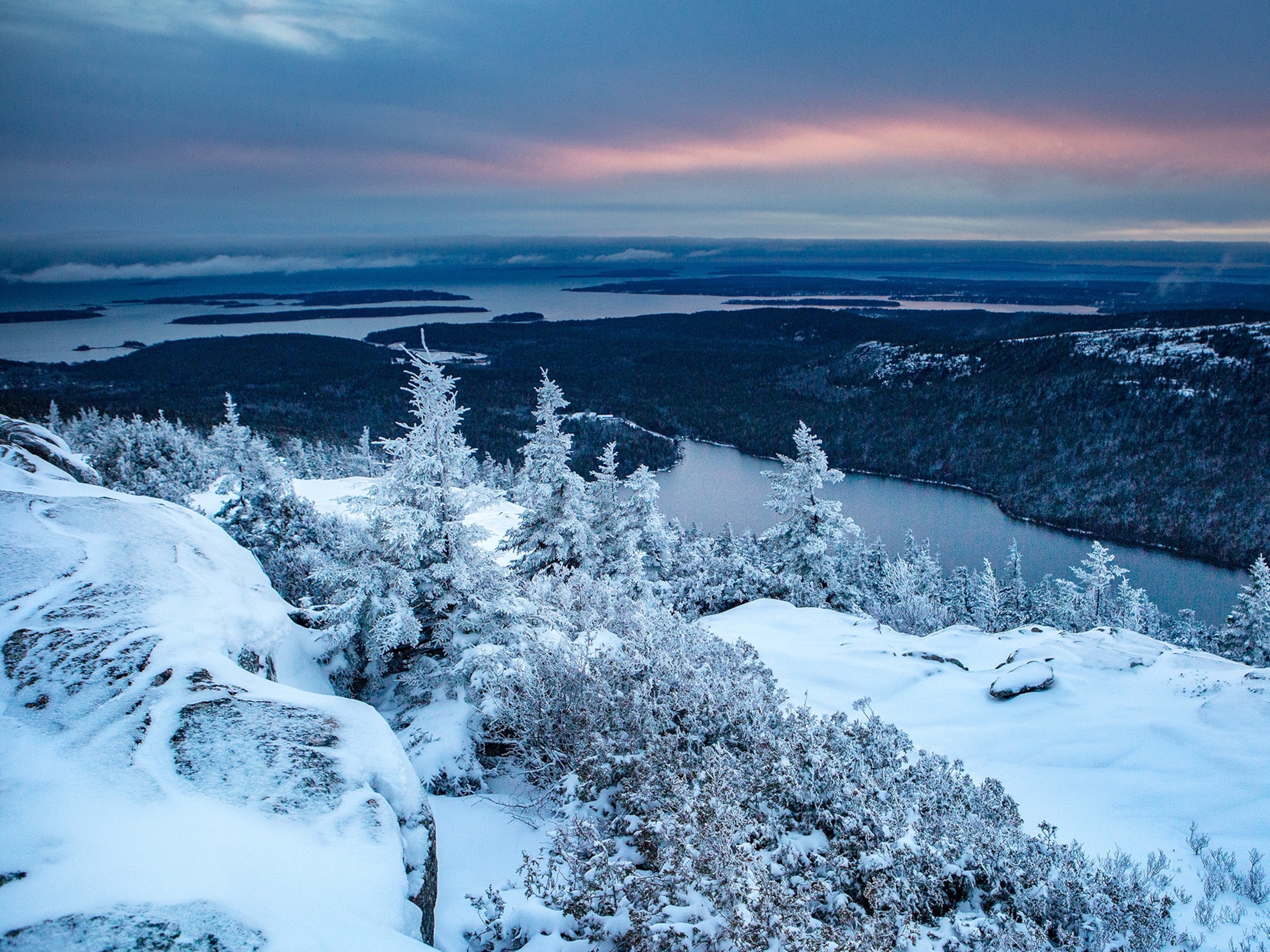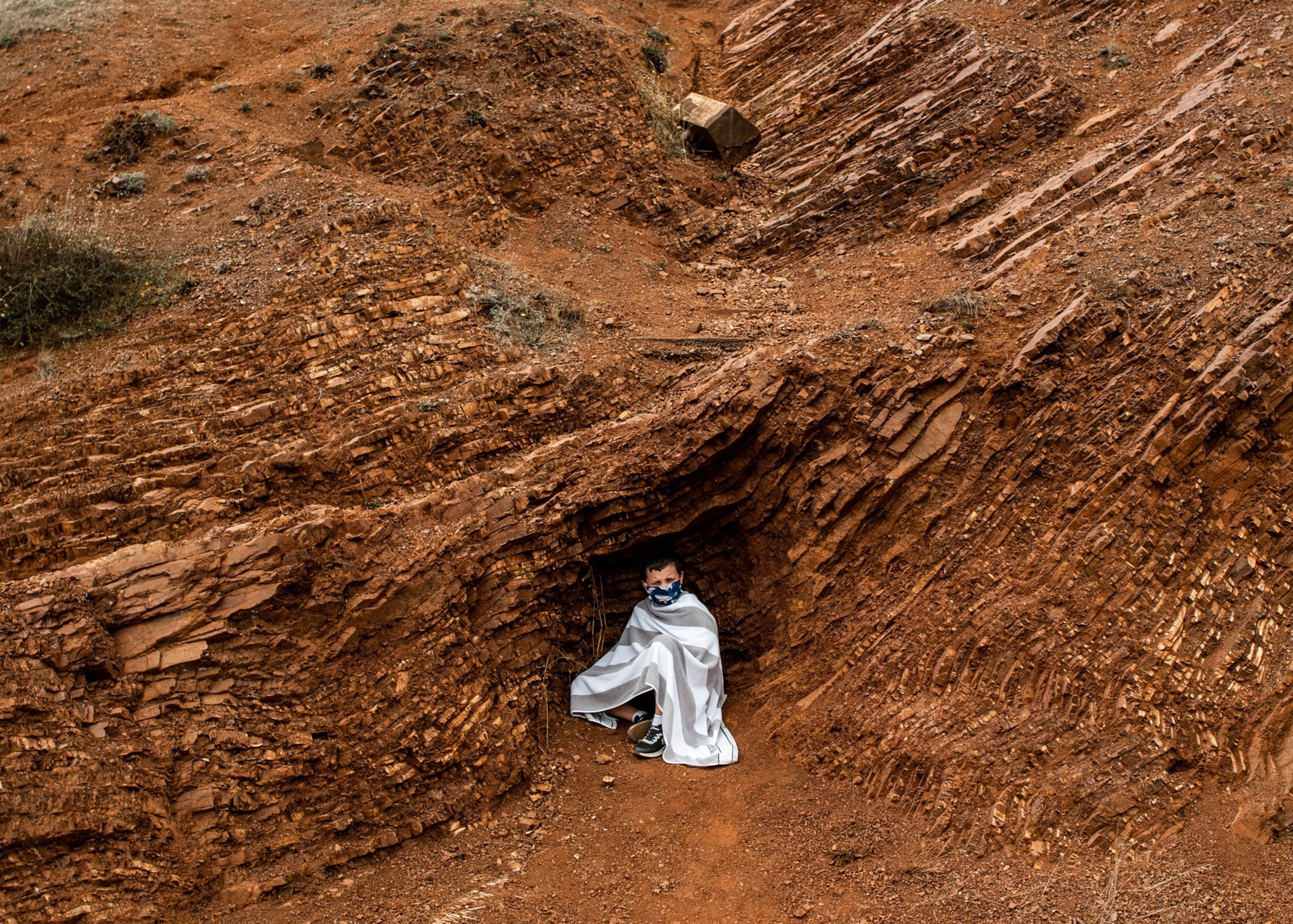
Here’s how parks and public lands are becoming more autism-friendly
Quiet spaces, staff training, and safety barriers are just some ways parks are becoming more accommodating to those on the spectrum.
So you have a child who’s autistic, and you want to introduce them to the beauty of nature. Perhaps some gorgeous rock formations, a little hiking, the raw wonder of a night under the stars.
How do you think that will work out?
The endless lines to get into the most popular national parks. The vast spaces—or the claustrophobic spaces. The bugs, the weird animal sounds in the distance. The heat and humidity, or the wind and cold, combined with a child who doesn’t always like to wear a coat or keep their shoes on. And, perhaps worst of all for many screen-dependent kids: dodgy Wi-Fi, or—shudder—no Wi-Fi at all.
There are many surprises in nature—and anyone who loves an autistic person knows surprises are not their jam. My own trip to the Grand Canyon with my autistic son ended with a steady stream of "nope," a refusal to get out of the car, and plaintive sobs when he realized we wouldn’t be back home in New York City for another week.
But now, more parks and recreation centers are seeking recognition as Certified Autism Centers. The imprimatur comes from the International Board of Credentialing and Continuing Education Standards (IBCCES), which oversees training in the field of cognitive disorders. The program was endorsed by the Autism Society of America.
The National Park Service formed its own Accessibility Task Force in 2012, with the goal of making some areas of the outdoors available to those with physical disabilities. It’s only been in the last two years that the NPS has discussed extending its accommodations to those with developmental disabilities like Autistic Spectrum Disorder. The National Parks access pass for autism is still not widely known, but you can apply for $10 and get free access to virtually every national park in the country.
This push into the wilderness is promising news for autistic people and their families.
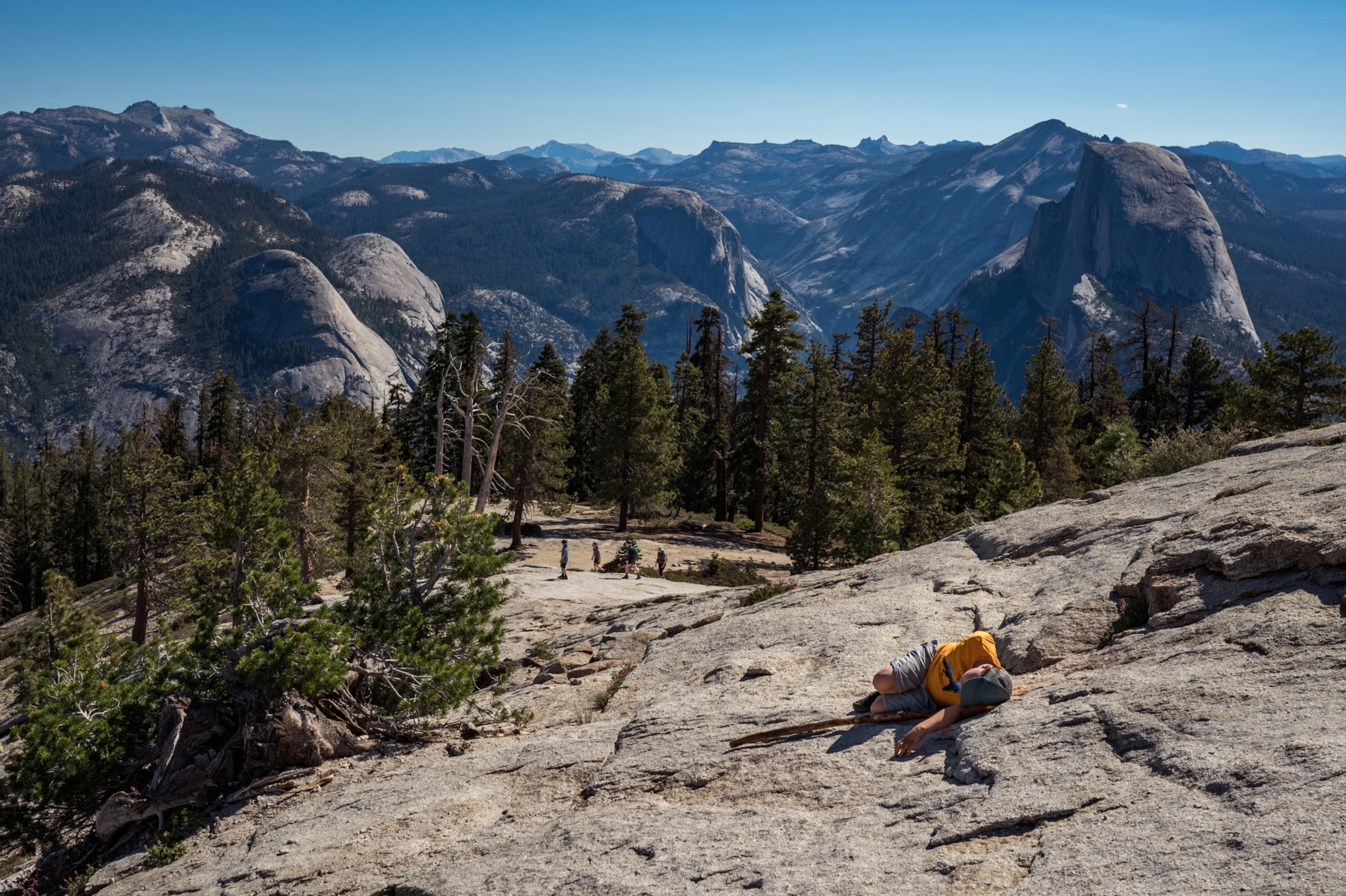
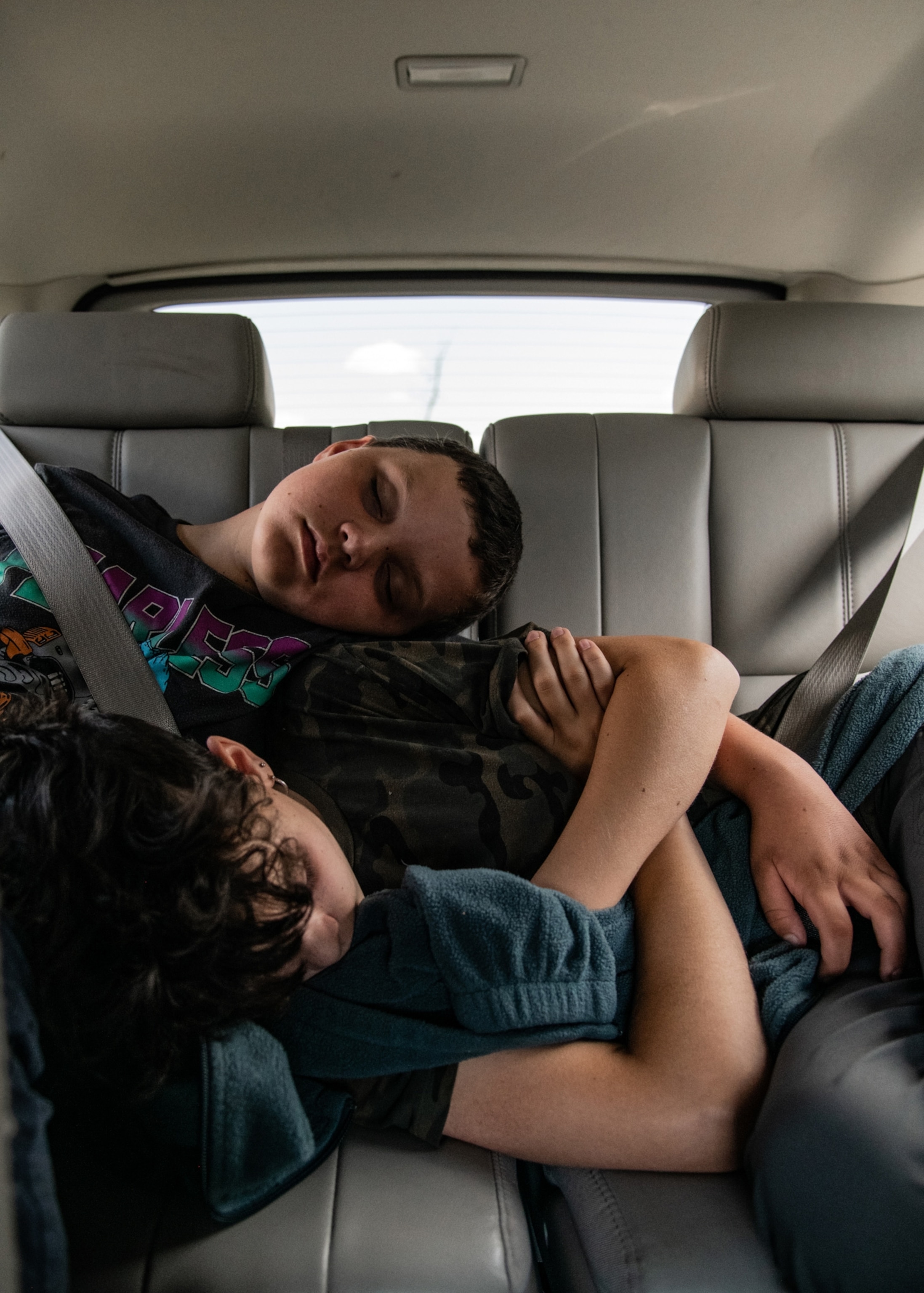
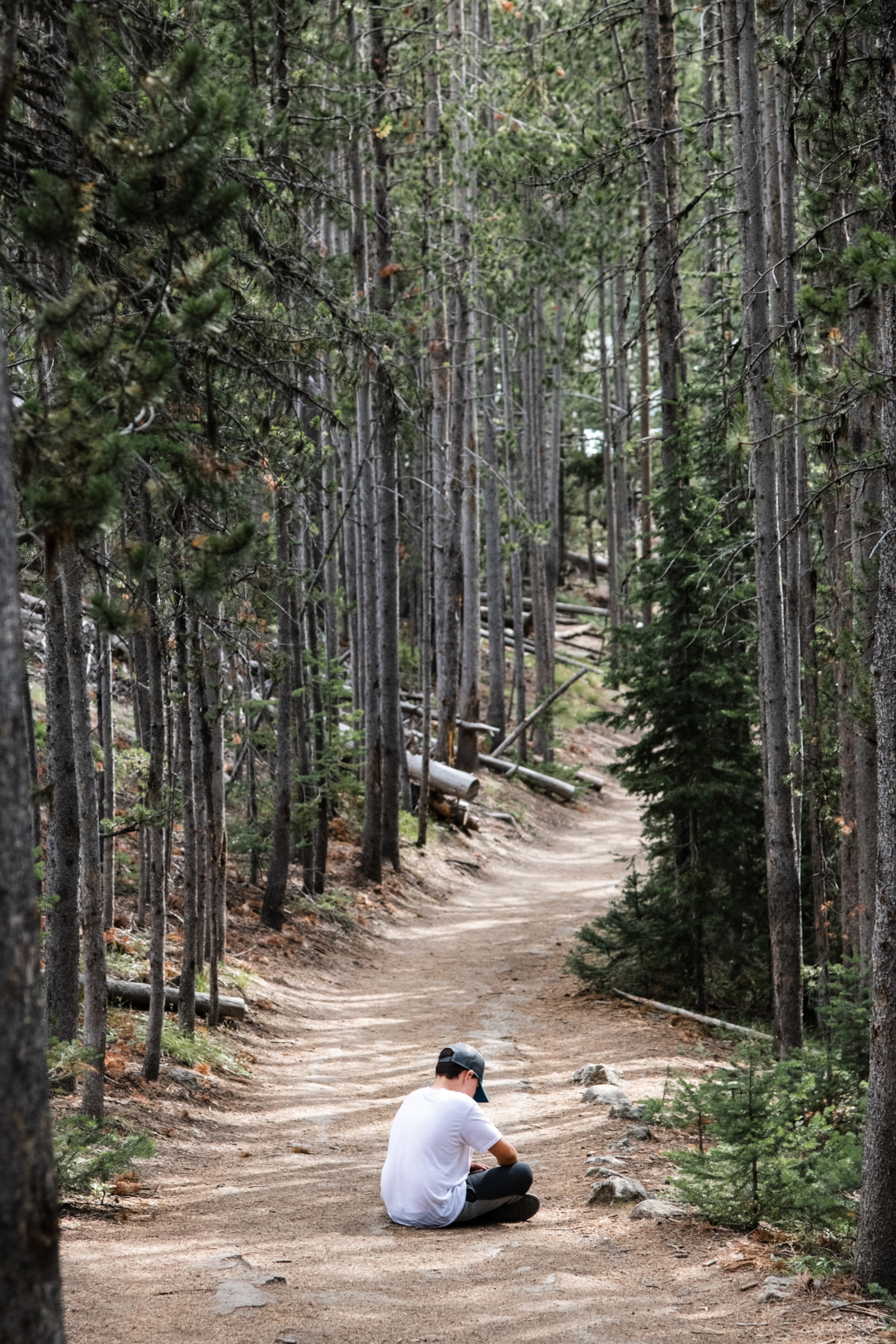
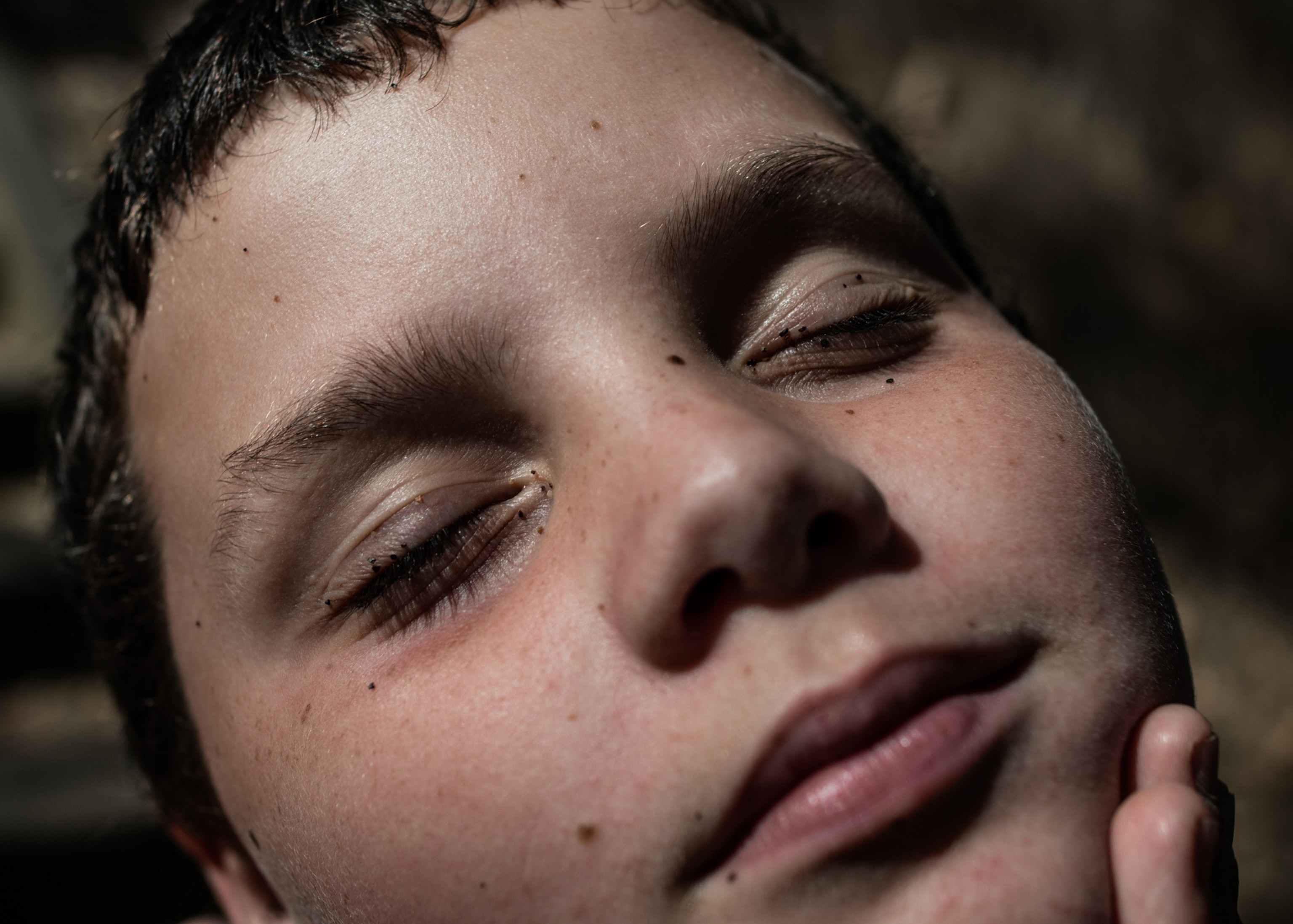
Making parks autism-friendly
While free passes are wonderful, they don’t address the very real day-to-day obstacles facing many on the spectrum.
Despite abundant research showing that spending time in nature can be deeply soothing to those on the spectrum (as it is to the rest of us) and can even help improve attention and focus, there are significant obstacles. The list of triggers includes new smells, new sensations, unfamiliar noises, too much light…the list goes on and on. With natural beauty, there is also a great deal of unpredictability. Certainly no one can control the weather.
For autistic families, the great outdoors is not a first choice. According to one recent study by the IBCCES, 87 percent of autism families never go on vacation at all. When they do go, it might be to a theme park, or a city.
(For autistic youths entering adulthood, a world of challenges awaits.)
But the new IBCCES initiative to certify certain parks and recreation centers as autism-friendly could be a game changer. To earn certification, 80 percent of all personnel must receive specialized training on dealing with people on the spectrum.
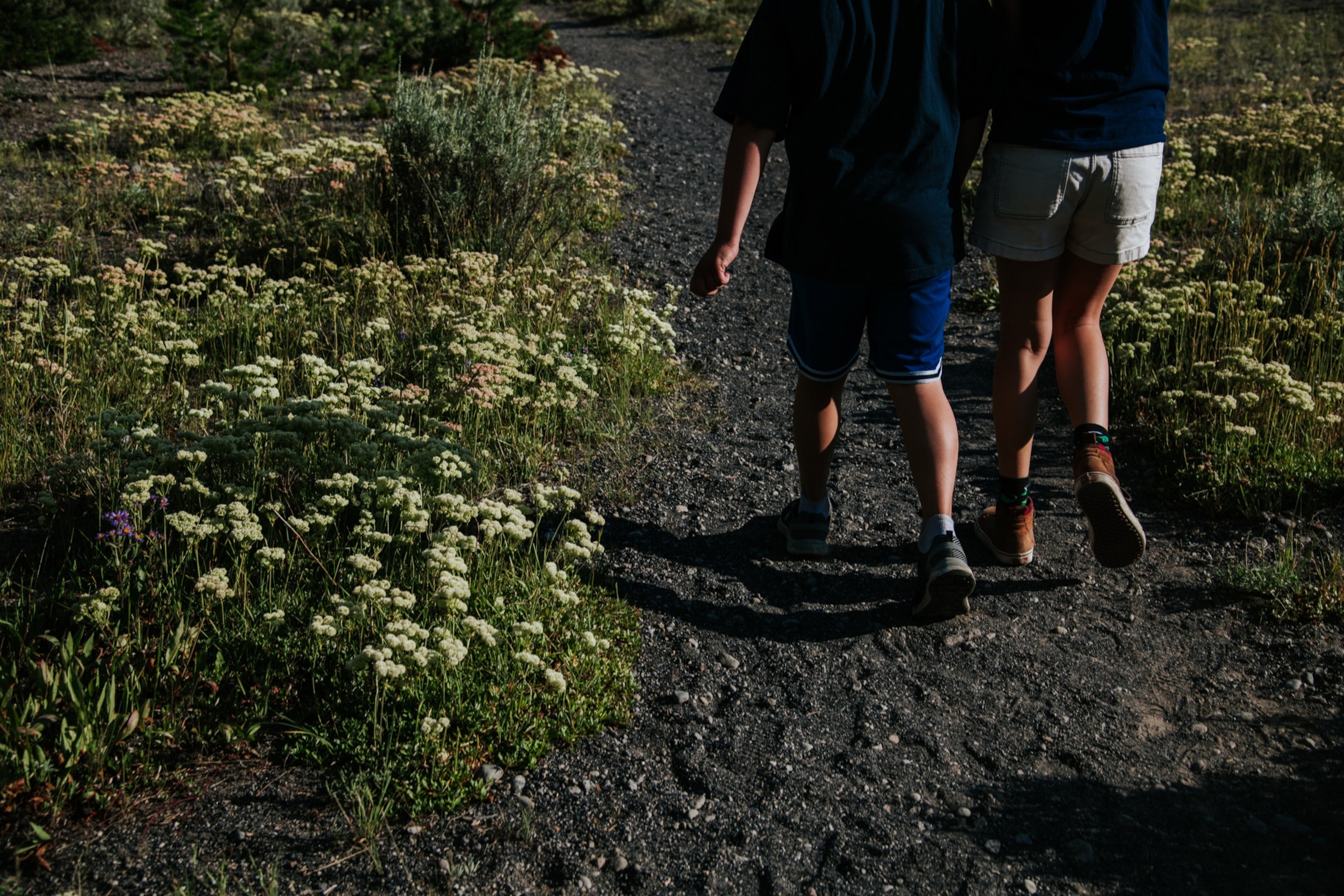
“For example, lifeguards and security people need to know what to expect,” says Myron Pincomb, chairman of IBCCES. The sensory environment, too, is evaluated: “Are there quiet areas people can retreat to, if they need to? Are there areas that may cause triggers, with sudden loud sounds or strobe lights?”
Theme parks including Sesame Place and Six Flags publish sensory guides, rating each ride or area in terms of high sensory input or low. Walt Disney World offers a range of services to help guests with cognitive disabilities, including those on the autism spectrum. (The Walt Disney Company is the majority owner of National Geographic Partners.)
Similarly, in park systems like Mesa Parks in Mesa, Arizona, there are designated low-sensory areas that offer relief both from the weather and from too much sensory input. Moreover, visitors who are autistic may be adults but have the physical needs of much younger people. “We like to see adult changing tables made available,” notes Pincomb.
To date, IBCCES has certified 450 places around the world; other certification organizations, like the Champion Autism Network, have evaluated and certified many more. Myrtle Beach in South Carolina recently got its CAN certification; the city’s chamber of commerce is now offering GPS trackers for autistic family members who tend to wander off.
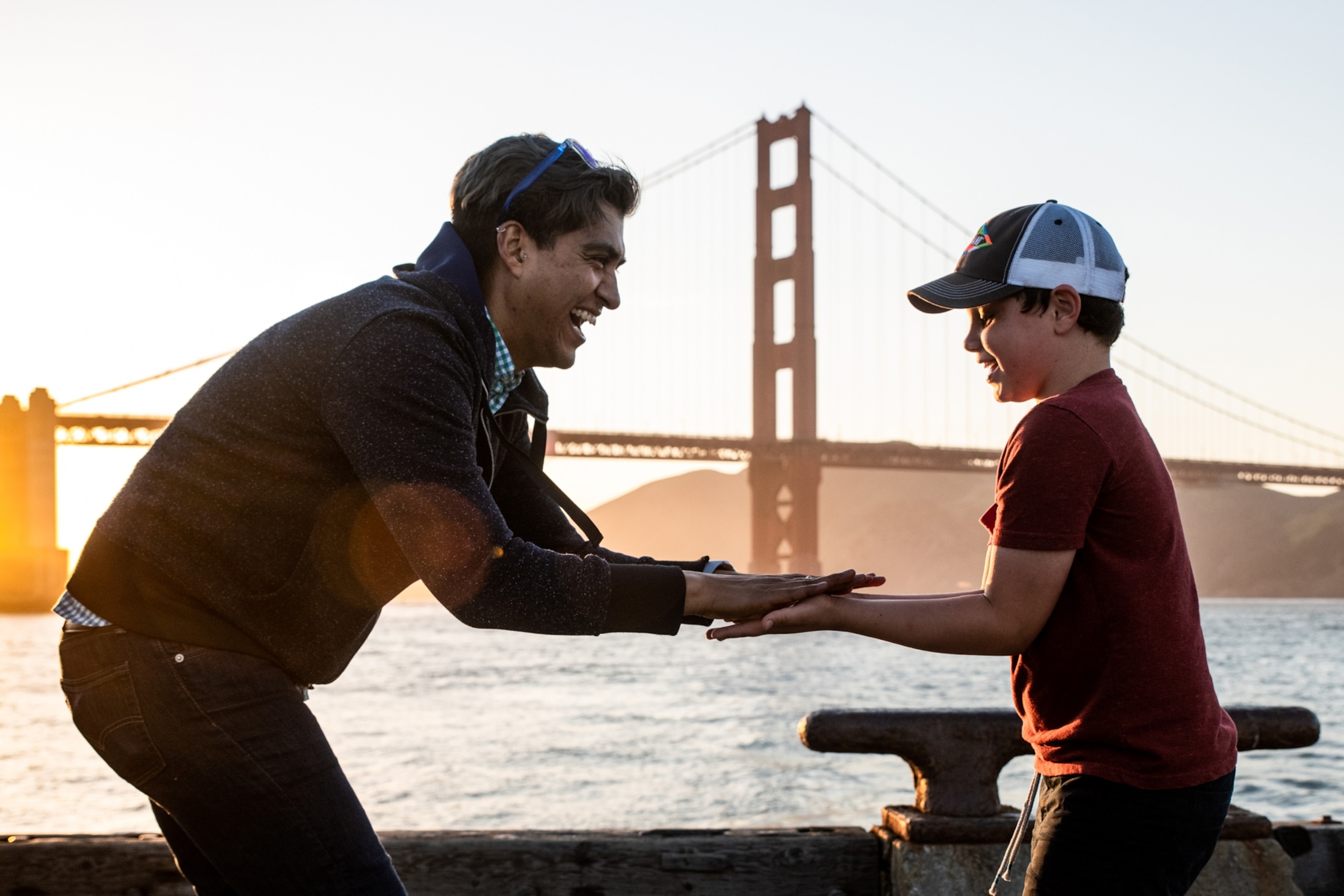
Although most certified spots are theme parks, hotels, and the like, there are several that are partially or largely natural spaces—and the organization is in talks with the National Park Service to continue the trend.
This September, for example, Visit Visalia earned the Certified Autism Center designation and became the first destination marketing organization in California to complete the designation. The town is a gateway to Sequoia and Kings Canyon National Parks, which draw more than 2 million visitors a year.
At first, the idea was to develop a destination for families with autistic members, whether that meant making sure there were quiet places for kids in meltdown to retreat, skipping waiting lines in hotels, providing “sensory backpacks” with noise canceling headsets or fidget toys that may have been left at home, or getting restaurants to accommodate families by allowing outside food and drink. (As someone who carried apples, bananas, and Cheerios with me everywhere I went for 15 years, I can attest to autistic kids’ very particular food needs.) Visalia’s efforts could prompt the nearby national parks to prioritize accessibility for autistic people.
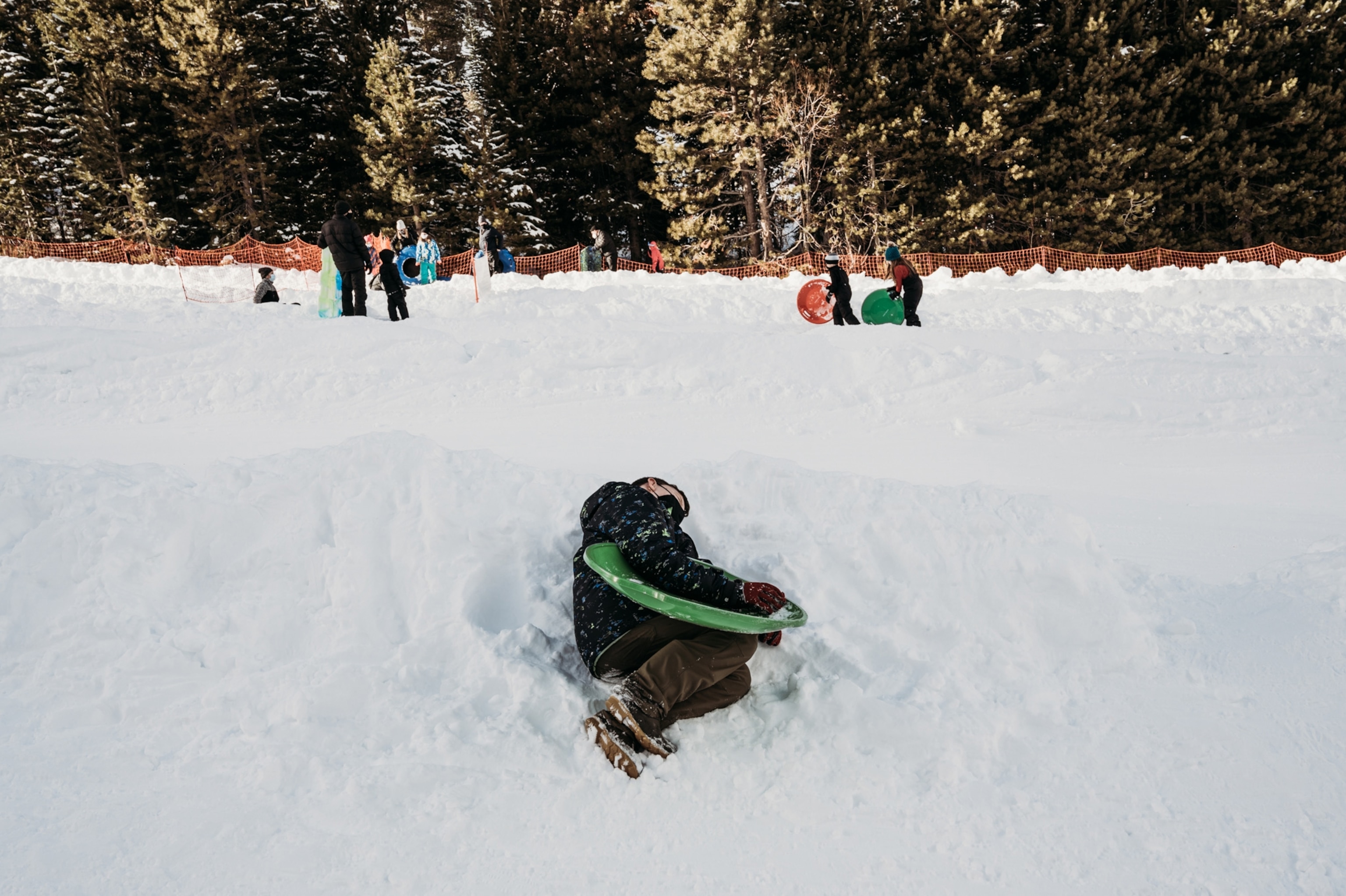
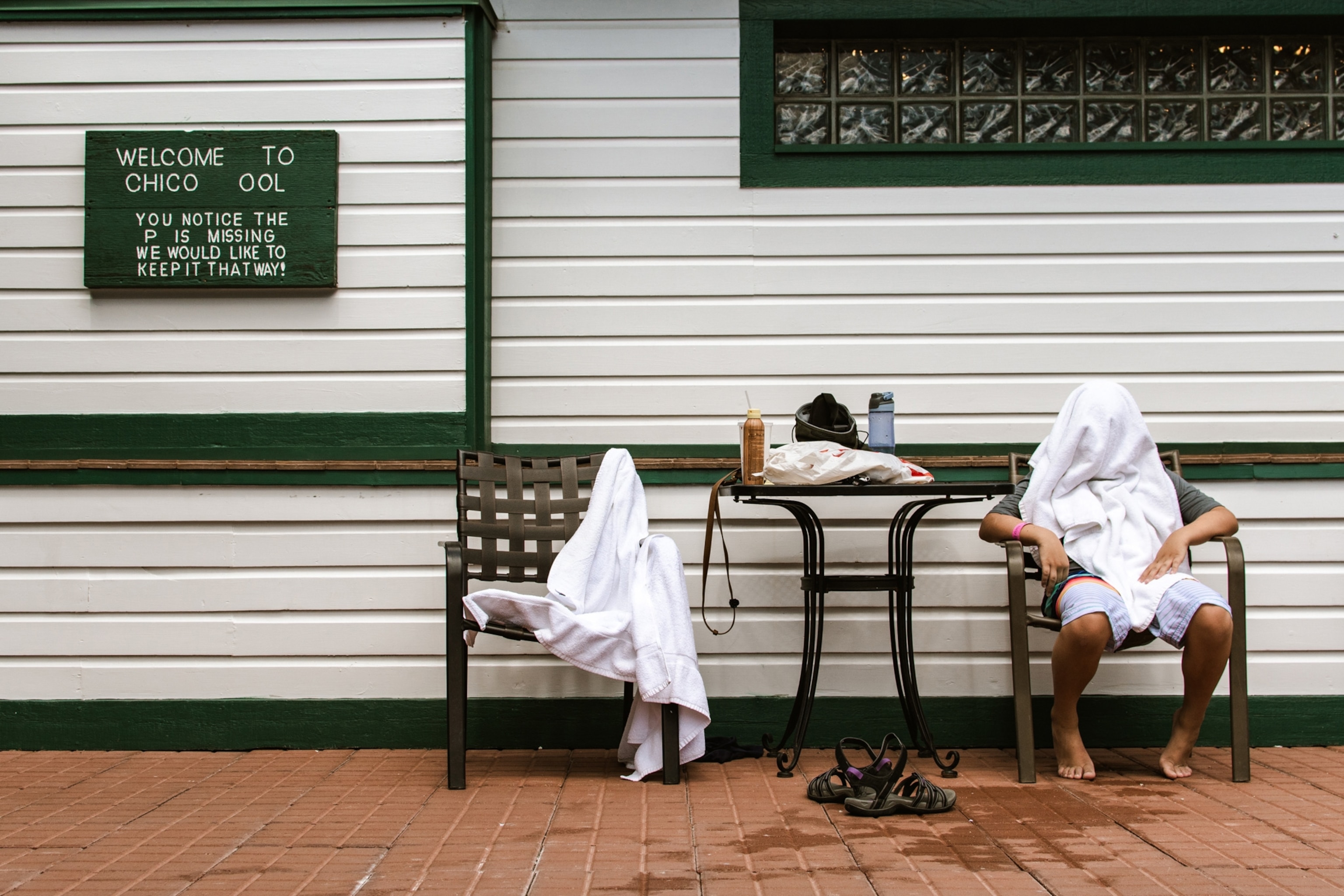

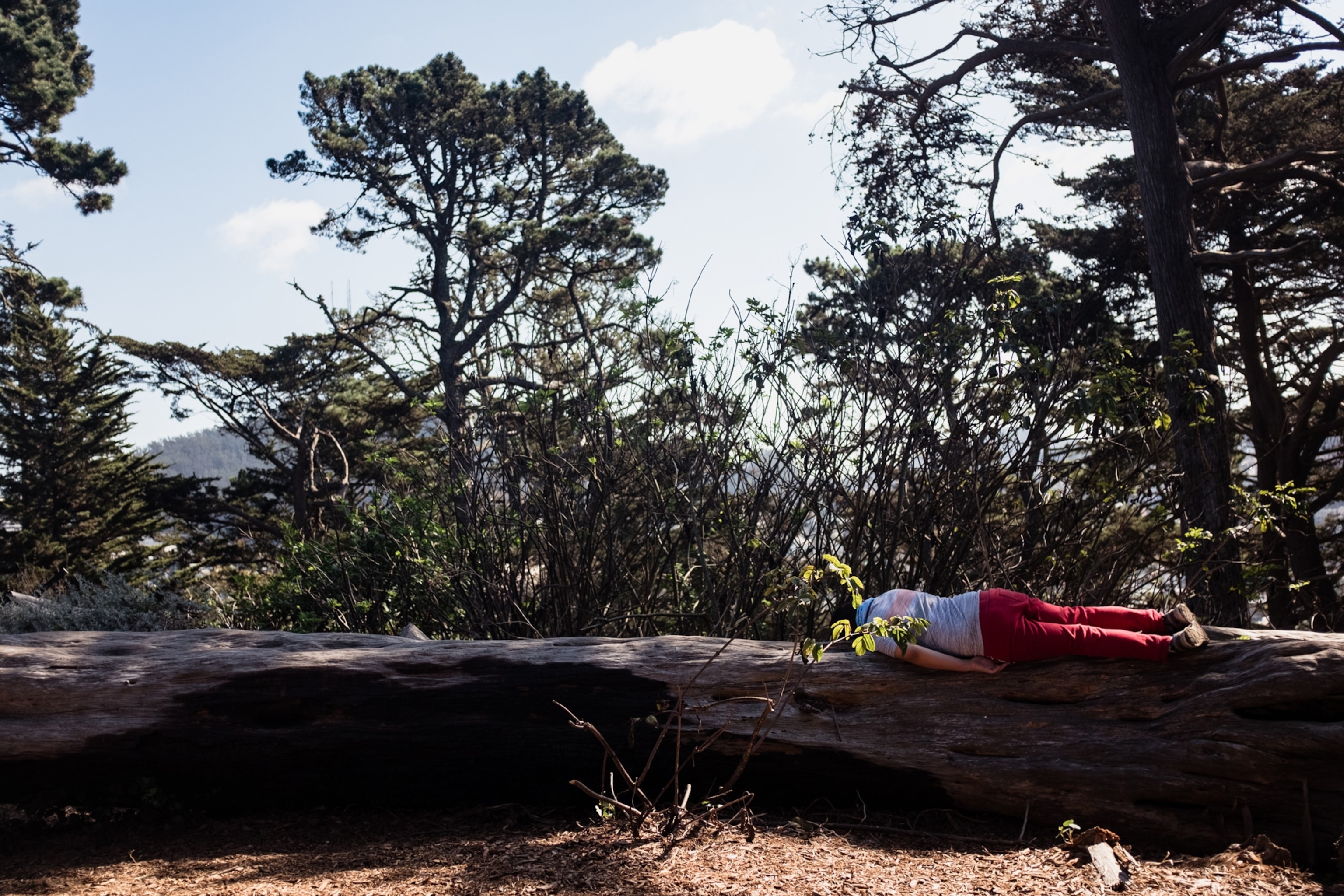
The need for deep nature
In 2014 Loren Penman, a retired educator, saw how her friend’s autistic grandchild was immediately calmer, more communicative, and more focused once he was surrounded by trees. That was the spark for her dream: To take an area in the wilderness and give it a certain predictability and order that would help autistic people thrive.
Her dream became a reality this month, when the Autism Nature Trail (ANT) opened in New York’s Letchworth State Park, just this month.
(These are the top 10 UNESCO World Heritage sites for families.)
In planning the trail, she consulted with Temple Grandin, one of the leading authorities on autism in the country. Autistic herself, Grandin achieved renown with her groundbreaking books Thinking in Pictures and The Autistic Brain (she was portrayed by Claire Danes in an award-winning biopic). “Temple told us, ‘We need to be in deep nature, so resist people who tell you to do this in a city park,’” Penman says.
The Autism Nature Trail is a meticulously maintained one-mile loop in the woods that is wheelchair accessible, with discrete stations that address all sorts of sensory and physical needs. There is a quiet reflective place, a place for running and jumping so kids can get their ya-yas out, a spot for smelling and touching (leaves, animal skins, branches)—and there is Wi-Fi, in case of emergencies.
Subtly, too, the trail has addressed one of the great fears parents of autistic kids have: elopement. There is a tendency for many, when overwhelmed or fearful or even happy, to take off. So Penman’s fellow ANT creators have left fallen trees and prickly barberry bushes surrounding the perimeter. “You wouldn’t notice it immediately, and we were told we should clear the barberries and logs, but we said, ‘No, let’s leave them, they are natural barriers to running off in the woods.’”
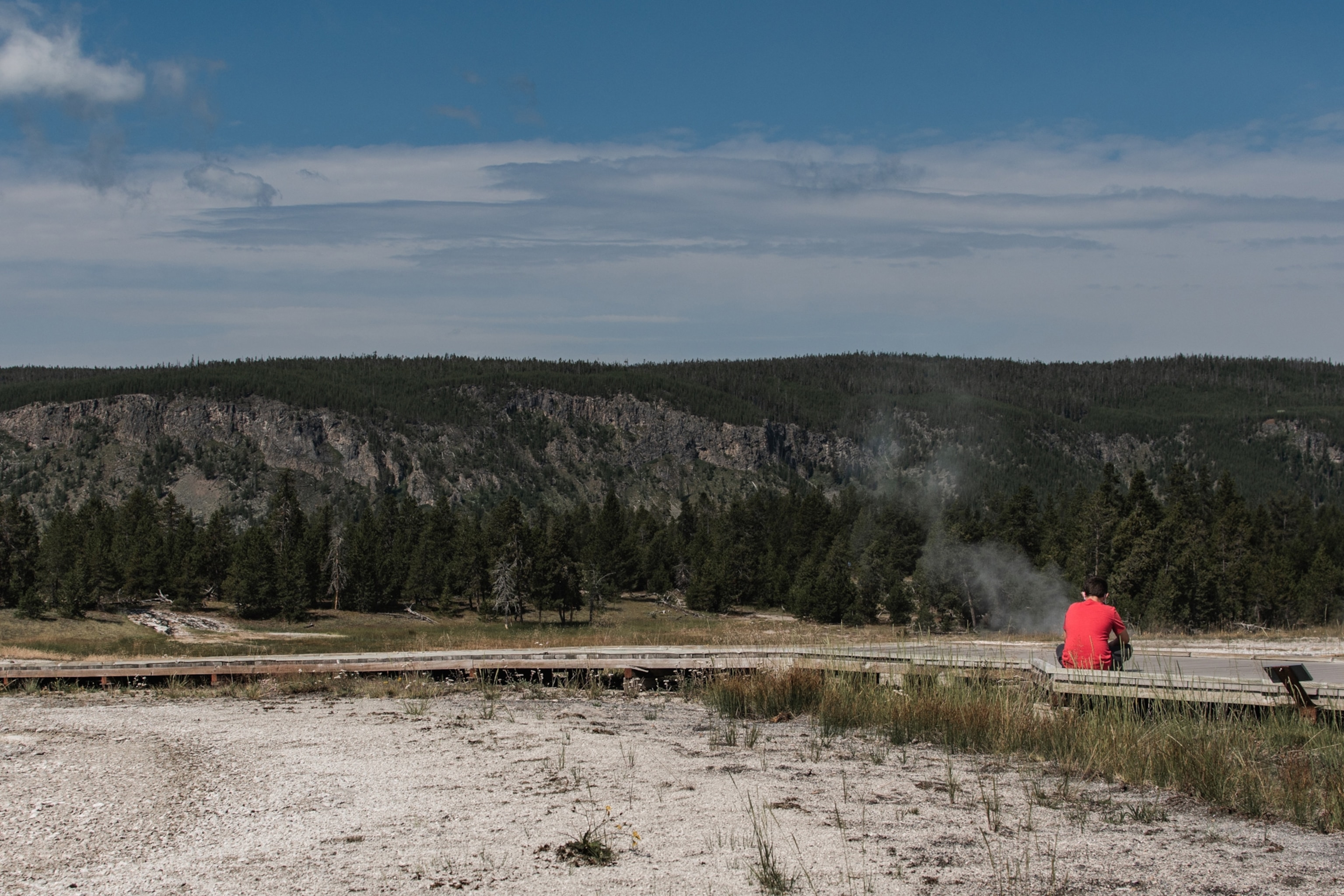
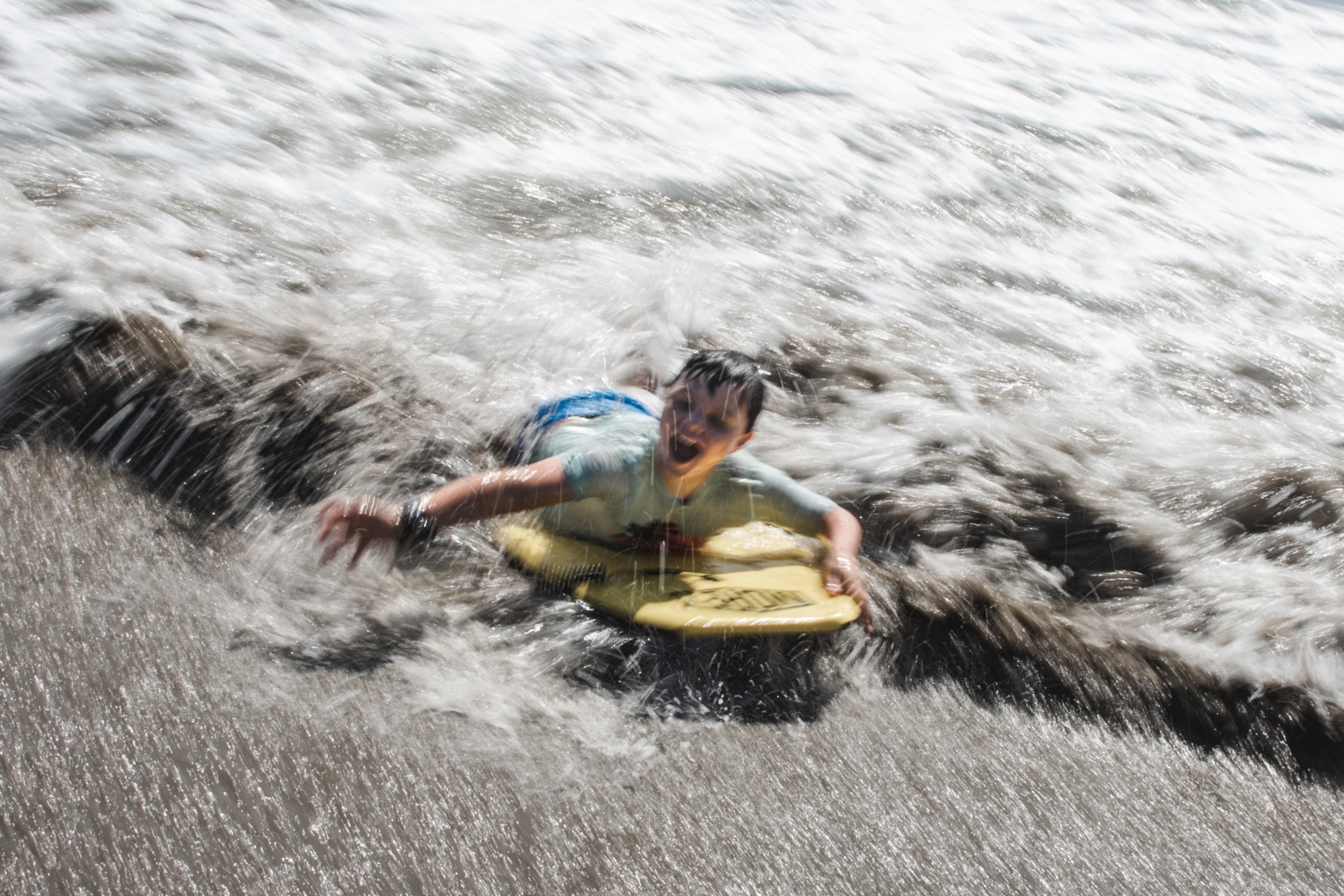
(Keeping Alaska pristine is a decades-long mission for this family.)
ANT works closely with a nearby organization, Camp Puzzle Piece, which offers short sessions during the summer to autism families who want to get away in nature—though in this case ‘nature’ involves rustic cabins and bathroom facilities next to a lake.
“The idea here is that you don’t just plunk the family down into the natural setting and hope for the best. Even with trained staff, that may not work out,” says Camp Puzzle Piece founder and director Jennifer Hackett. “You have to prepare. I might work with the family for months beforehand, depending on what the kid’s issue is.”
For example, Hackett will write up social stories for the parents to work through certain issues: riding in a car, putting on a life jacket. Every step of the process that is keeping the child from enjoying the outdoors is anticipated and worked on.
“When parents say their child absolutely, positively cannot do something, I like to say, ‘Well, she can’t do it yet.'”
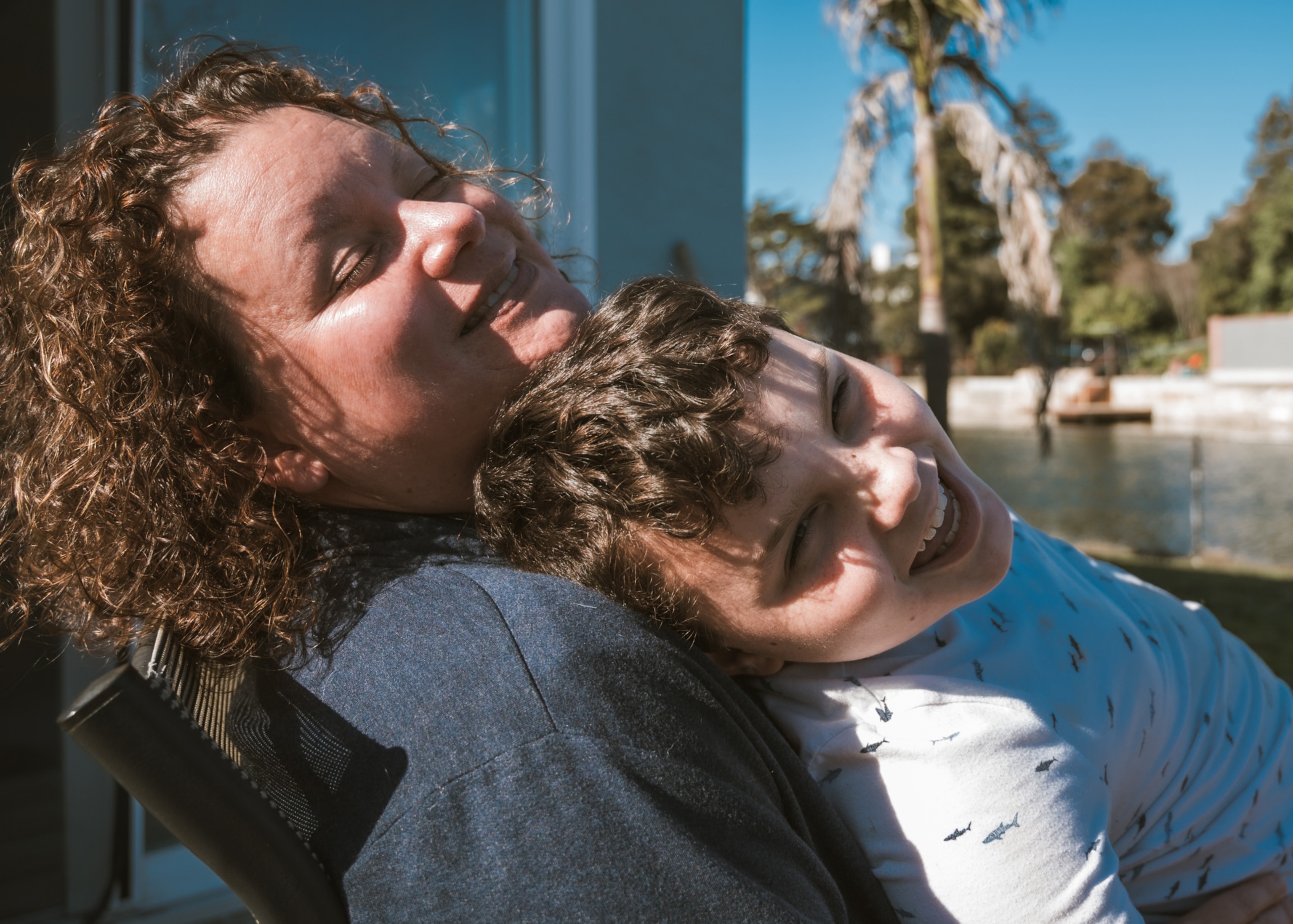
To that end, Hackett has begun hiring the siblings of autistic children who have come in previous summers to work as counselors during the three-day sessions.
“People who don’t have experience with autistic kids might be very nice—a little too nice,” Hackett laughs. “They will coddle them. The brothers and sisters know to push them a little bit. Much, much better for everyone. A kid who thinks he can’t do something, and then finds out he can…that’s why they are here.”
Penman agrees, and thinks that while the U.S. has a long way to go to make natural spaces more welcoming to the estimated one in 59 people in the country who are autistic, it is on the right path. Nature matters. And autistic people matter.
At the end of the ANT loop, Penman has situated chalkboards where kids can draw a picture, write a few words, sign their name or an X. For autistic people, living in a world that is frequently difficult or frightening to navigate, “sometimes it’s really nice to just be able to make a mark—to say ‘I was here.’”
Judith Newman is a book columnist for The New York Times and the author of To Siri With Love, a memoir about technology, family, and raising an “average” autistic boy.
Lisa Winner is an award-winning photographer specializing in family and visual storytelling. You can find more of her work on Instagram.
